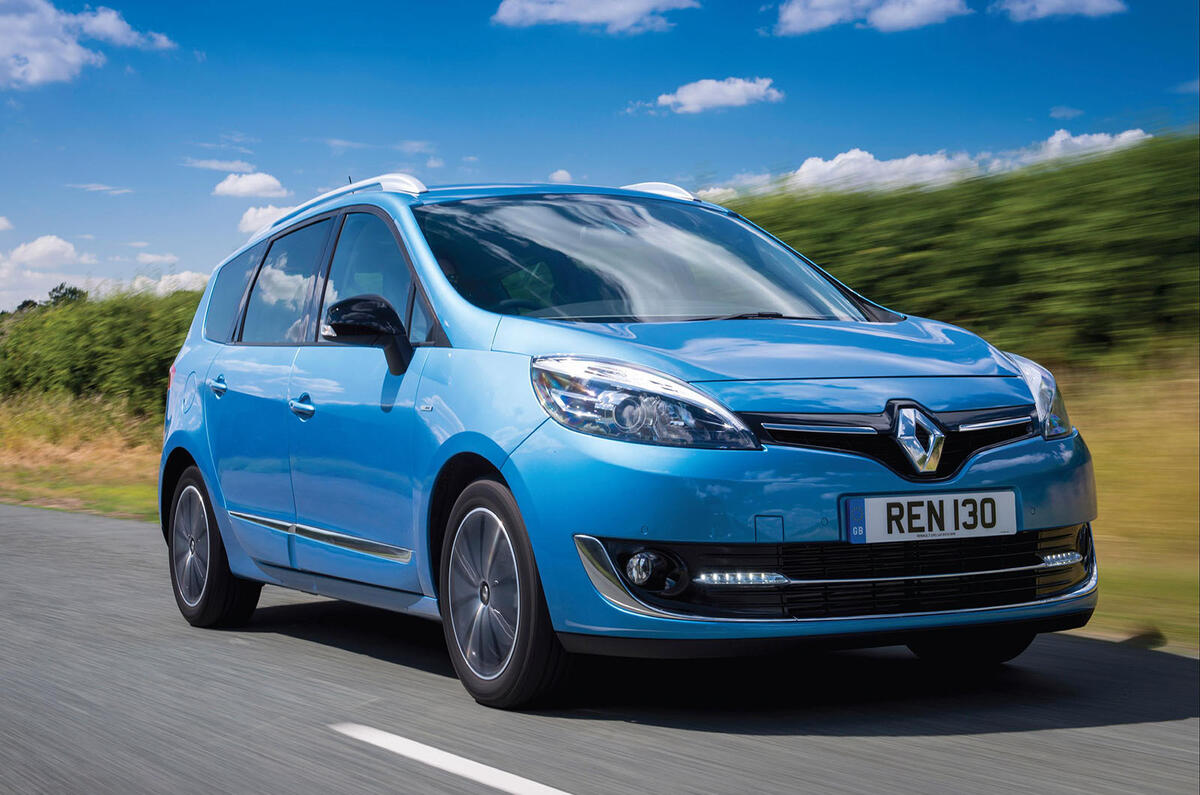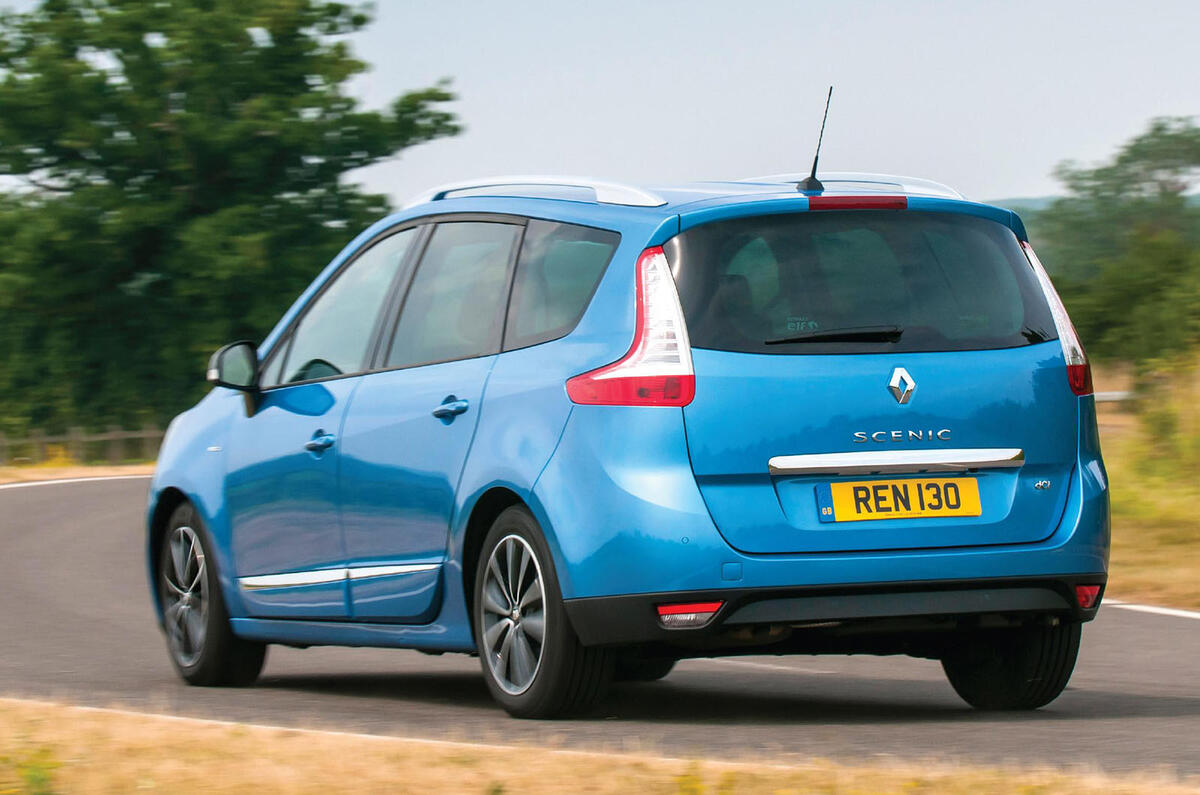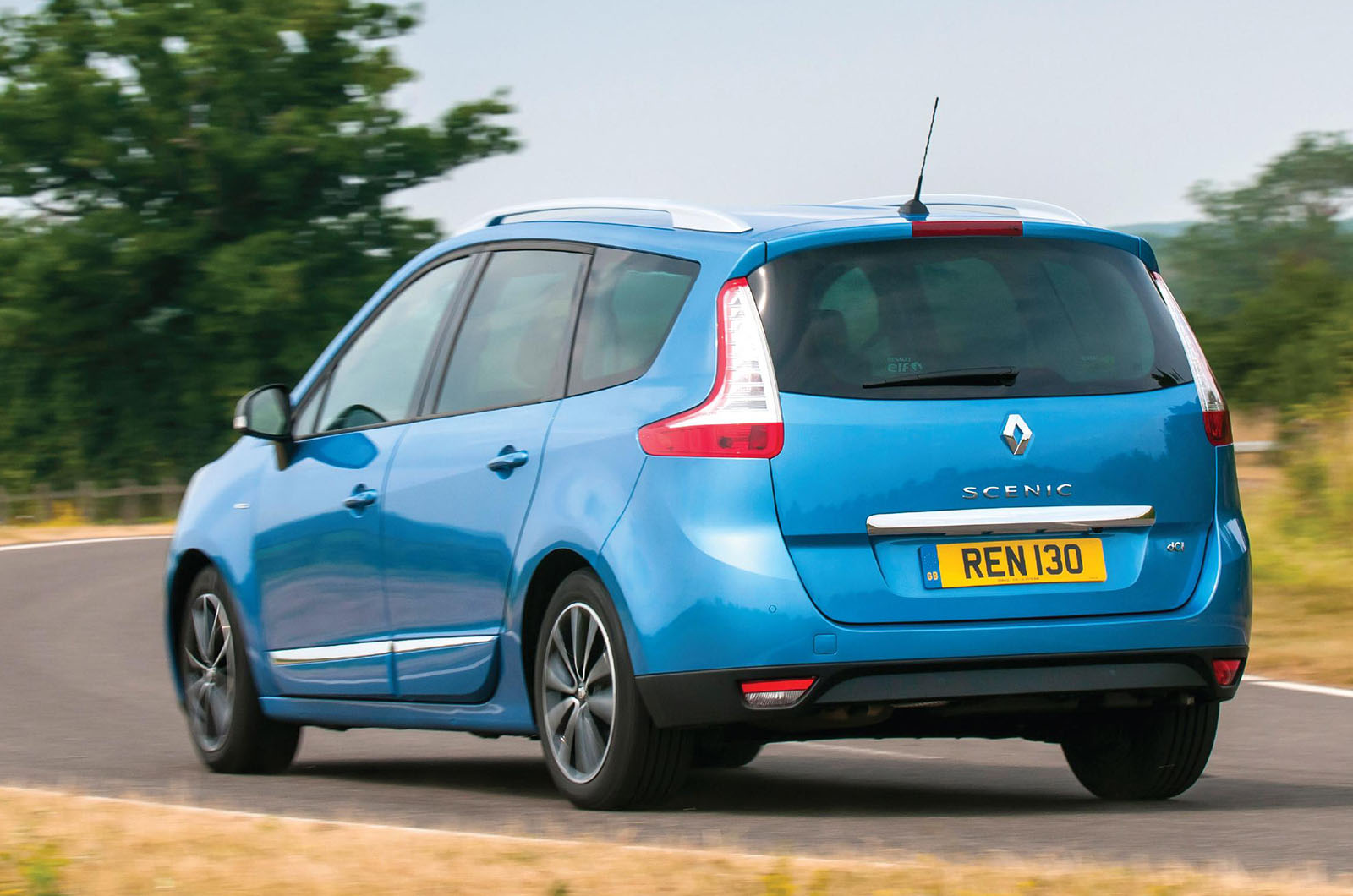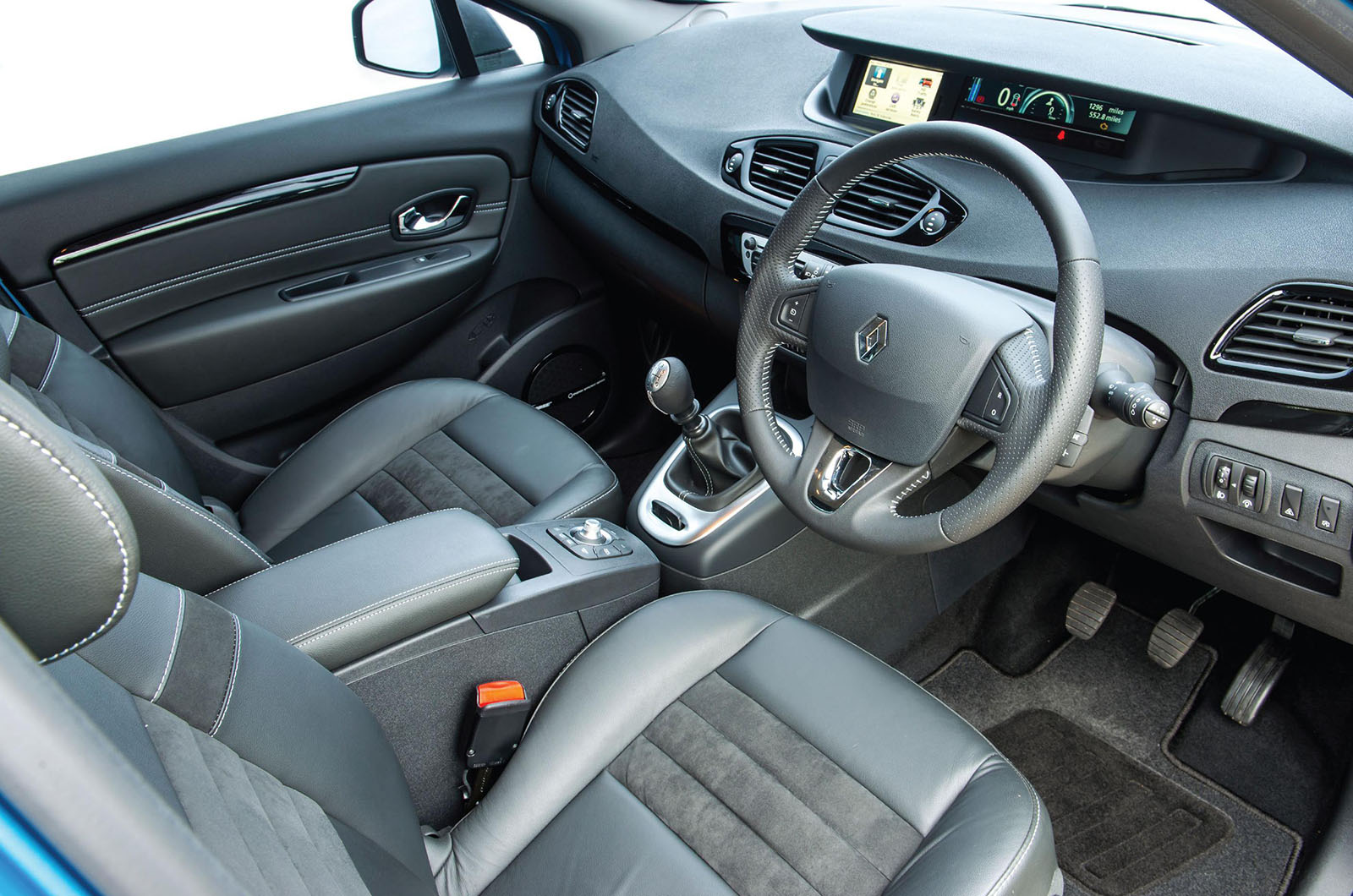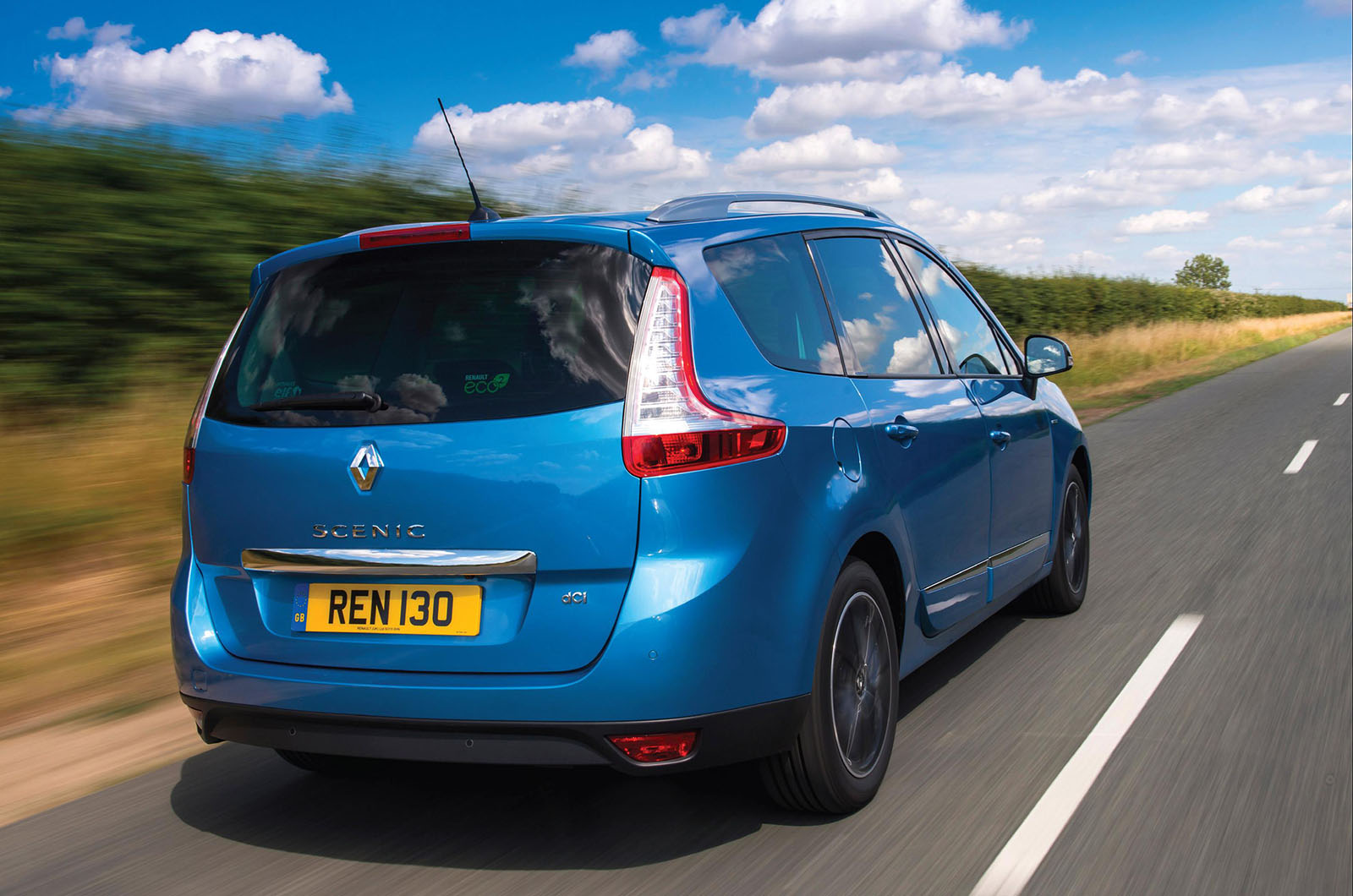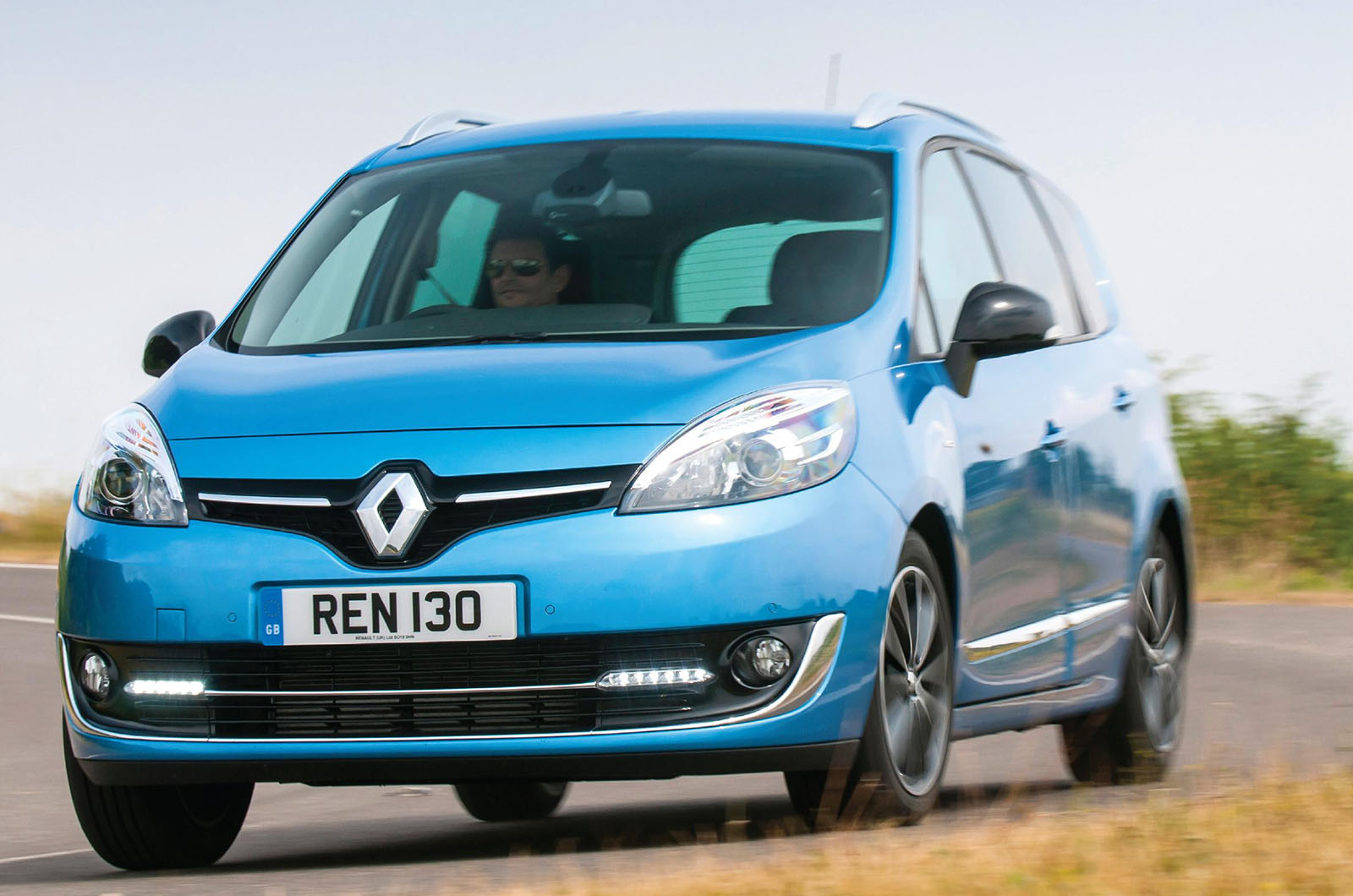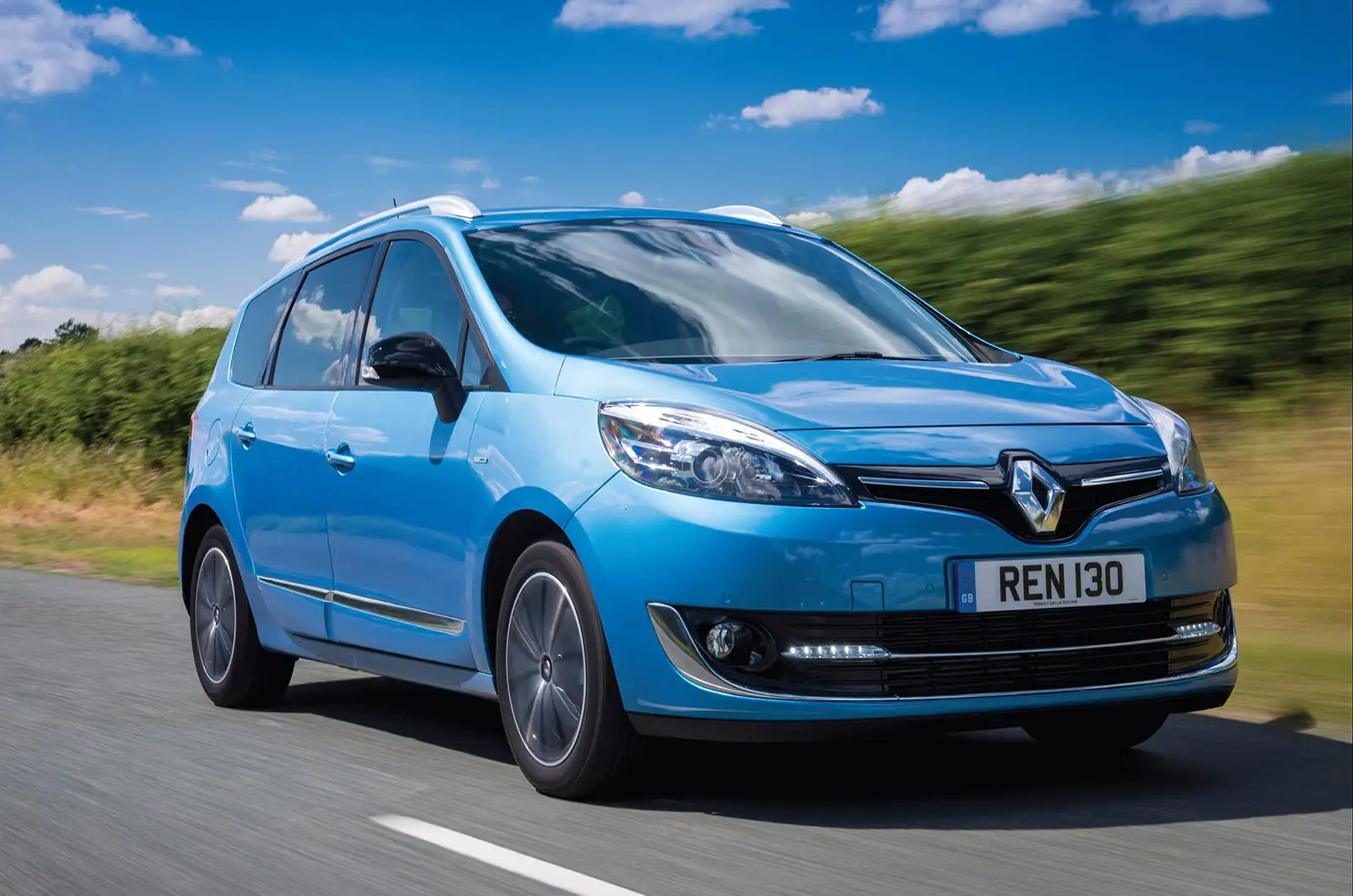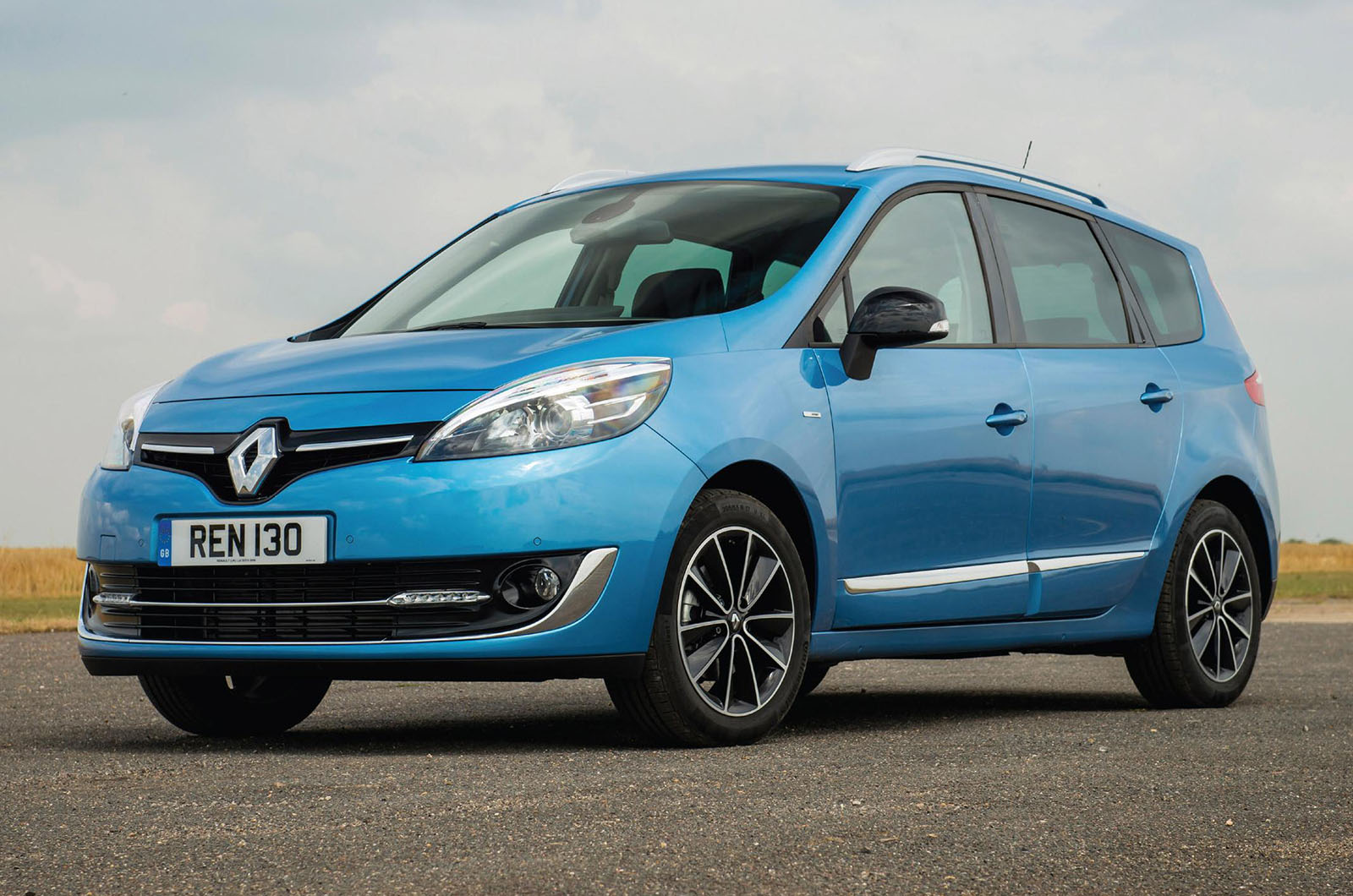Renault does not have the distinction of creating the family hatch-sized MPV market segment, but its Scenic and, latterly, the Grand Scenic are undoubtedly responsible for popularising it.
Cars such as the Vauxhall Zafira, Volkswagen Touran and Citroën Picasso owe their existence to the Renault.
The original Scenic was a tall hatch with a great deal more practicality than a regular C-segment competitor, and it wasn’t just families that grew to like it. In the UK, initial customer surveys found that just as many empty-nesters as parents with domiciled offspring were buying it.
Since then, the Scenic has developed into a more mature MPV, and none more so than in this latest guise, facelifted as it is for 2013.
The Grand Scenic is a seven-seater variant, with two rear chairs that fold into the boot floor and a middle row with seats that slide individually and can be removed. This bolsters its practicality and makes it an ideal choice for those with large families.
Yet for all their practicality, previous Scenics have failed to deliver on driving appeal – something Renault has attempted to rectify this time, by aiming to give its seven-seat MPV saloon car dynamics.
So has Renault's round of 2013 improvements really served to address the Grand Scenic's lack of engagement, or are they purely cosmetic and practical upgrades? Let's find out.



